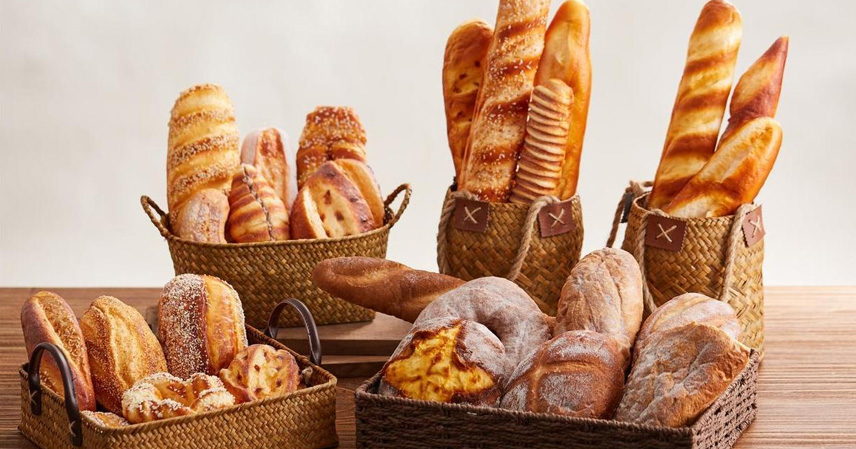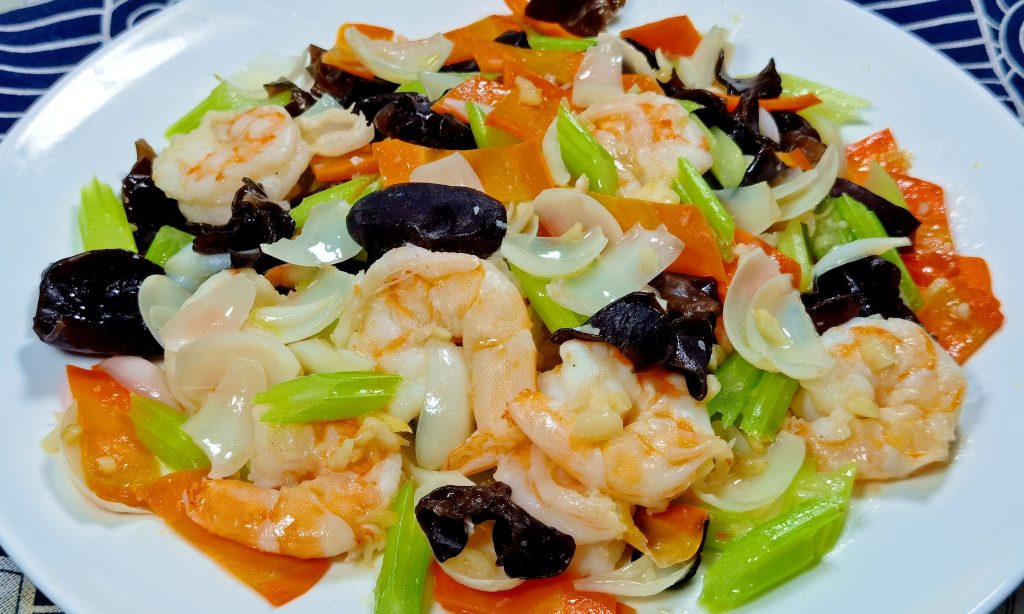A recent viral incident sparked heated online debate: a trendy Shanghai bakery was caught tossing unsold bread into trash bags after closing, shocking onlookers. The staff explained that they don’t discount bread before closing, and all leftovers are destroyed. Netizens split into two camps: one called it shameful waste, urging discounts or donations to those in need; the other argued that discarding is the cheapest, least risky option, as giving away food can invite legal trouble. A bakery owner friend weighed in, saying this is standard practice, especially for new shops. Over time, they adjust inventory to minimize waste, but tossing leftovers avoids liability—a harsh lesson learned from “testing human nature.”
This controversy got us thinking about choosing bread wisely. Insiders know to skip certain types, but novices can’t resist them. Here are five breads savvy shoppers avoid, according to bakers, and why they’re not as great as they seem.

1. Meat Floss Bread
Meat floss bread is a sweet-salty favorite, especially among kids. But don’t be fooled by the “meat” in its name. Real meat floss is pricey, so many bakeries use meat floss powder—a cheaper substitute mimicking meat’s texture and aroma. It lacks the nutrition of real meat and may include additives, making it less healthy than it seems. Next time, check the ingredients or opt for a fresher alternative.
2. Fake Whole Wheat Bread
Health-conscious diners, especially those aiming to lose weight, often pick whole wheat bread for its low oil and sugar content. But many “whole wheat” breads are misleading. To achieve a soft texture, bakeries add heaps of sugar and oil, plus a sprinkle of oats for looks. The result? A calorie bomb that can sabotage weight loss. Always read labels or ask about the grain content to ensure it’s truly whole wheat.
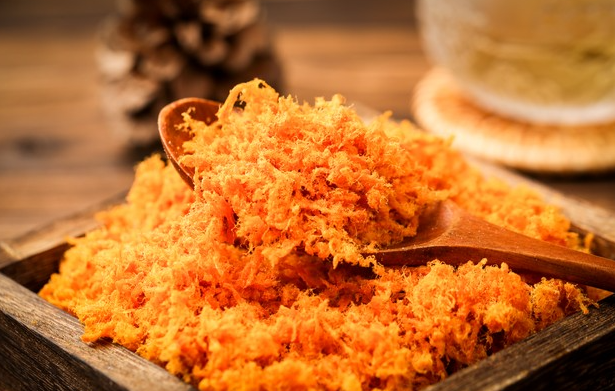
3. Vibrant Fruit Bread
Fruit bread looks tempting with its colorful chunks and sweet aroma, but it’s often a sugar trap. To cut costs, bakeries use canned fruit or low-quality produce, which spikes sugar content without adding much nutrition. High in calories and low in fresh fruit’s benefits, these breads are best eaten sparingly. Opt for plain bread and pair it with fresh fruit at home.
4. Fancy Cream-Filled Bread
Kids love cream-filled bread for its smooth, fragrant frosting and eye-catching designs. But beware: many bakeries swap animal cream for plant-based margarine (aka trans-fat-heavy artificial cream). It’s harder to digest, packs empty calories, and can contribute to weight gain. If you’re craving creamy bread, ask about the cream source or choose a simpler option.
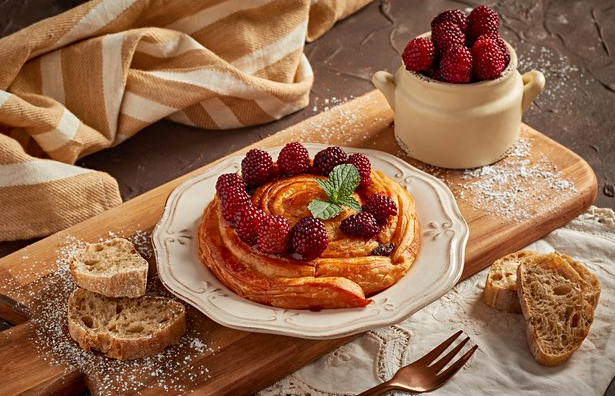
5. Hand-Torn Bread
Hand-torn bread is budget-friendly and popular for its layered texture and rich flavor. But its flaky structure comes from high sugar, oil, and calorie content. These ingredients create the signature layers, but they also make it a nutritional minefield, potentially leading to fat and sugar overload. Enjoy it occasionally, but don’t make it a staple.
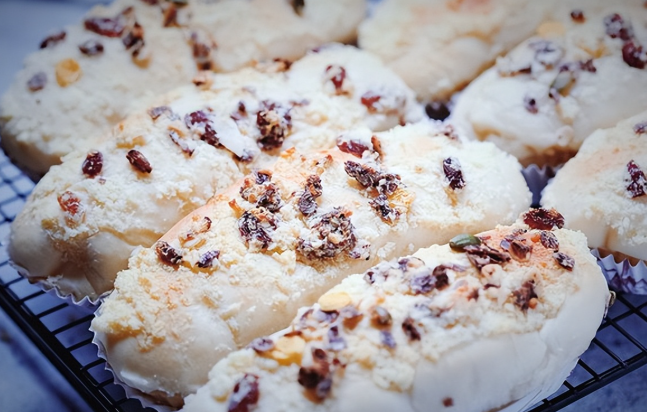
Smart Bread Choices
Bread is inherently high in sugar and oil, so it’s fine as an occasional treat. However, for kids, frequent consumption—especially of these five types—can harm growth due to quality issues and excessive calories. When buying, prioritize transparent ingredients, ask questions, and lean toward fresher, simpler options. For daily diets, balance bread with nutrient-dense foods to support healthy development.
Next time you’re at a bakery, skip these novice traps and choose wisely. What’s your go-to bread? Share your thoughts!

